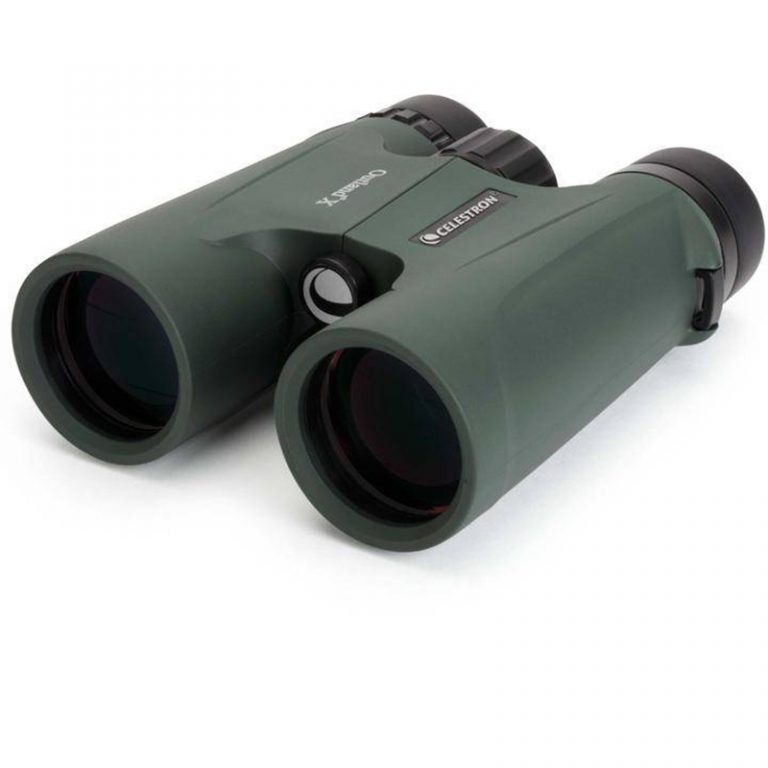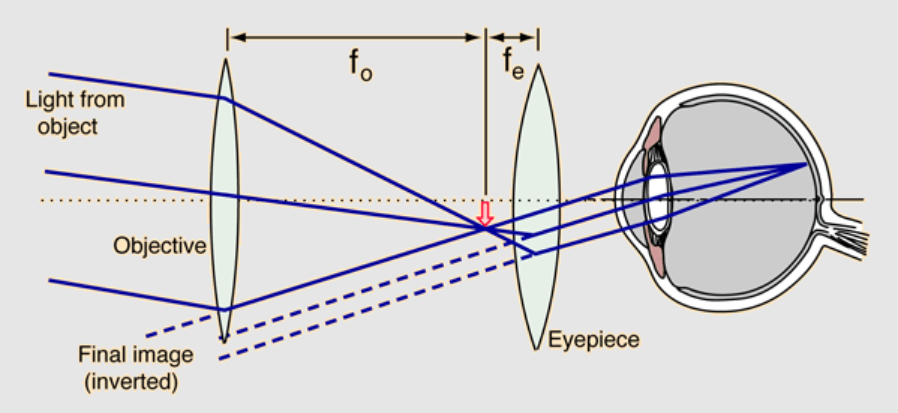2022-09-13
Engineer manager: Jacky
WhatsApp: +86-18792456795
Email: jacky@mh-elec.com

A few days ago, our factory produced a batch of white light telescopes. Today, let us learn about the relevant knowledge of telescope.
Definition of Telescope
A telescope is an optical instrument that uses lenses or mirrors and other optics to observe distant objects. It uses the refraction of light through a lens or the reflection of light by a concave mirror to make it enter a small hole and converge into an image, which is then seen through a magnifying eyepiece.

The first function of the telescope is to magnify the opening angle of distant objects, so that the human eye can see details at smaller angular distances. The second function of the telescope is to send the beam, which is much thicker than the pupil diameter (maximum 8 mm) collected by the objective lens, into the human eye, so that the observer can see the dim objects that were previously invisible.
Basic Principle
The telescope is a kind of visual optical instrument used to observe distant objects. It can enlarge the Angle of distant objects very small by a certain magnification, so that it has a larger Angle in the image space, so that the object which can not be seen or resolved by the naked eye becomes clearly distinguishable. Therefore, the telescope is an indispensable tool in astronomy and ground observation. It is an optical system in which the incident parallel beams of light remain parallel through the objective lens and eyepiece.
Optical telescopes in daily life mainly include amateur astronomical telescopes, theater telescopes and military binoculars. Commonly used binoculars also need to increase the prism system for the purpose of reducing the volume and flipping the inverted image, prism systems can be divided into Roof Prism (also known as Schmidt-Biehan Roof Prism) and Porro Prism (also known as Porro Prism) according to the shape, the principle and application of both systems are similar.
Classification of Telescope
According to the different imaging methods, telescopes can be divided into four types: refracting telescopes, reflecting telescopes, catadioptric telescopes and radio telescopes, etc.
Among them, refracting telescopes are telescopes that use lenses as mirrors, and they are divided into two categories: Galilean telescopes and Kepler telescopes, while Kepler telescopes consist of two convex lenses. Because there is a real image between the two, the reticle can be easily installed, and various performances are excellent, so professional telescopes such as military telescopes and small astronomical telescopes all use this structure.
Imaging Method of The Kepler Telescope:

The Kepler telescope consists of two convex lenses. Since the left side between the two is a real image, the reticle can be easily installed, and various performances are excellent, so professional telescopes such as military telescopes and small astronomical telescopes use this structure. But this kind of structure imaging is inverted, so it is necessary to add a positive image system in the middle.
There are two types of erector systems: prism erector systems and lens erector systems. Our common typical binoculars with a wide front and a narrow back both use a double right-angle prism erection system. The advantage of such a system is that the optical axis is folded twice while erecting the image, thereby greatly reducing the size and weight of the telescope. The lens erector system uses a complex set of lenses to invert the image, which is costly, but the Russian 20×50 three-section telescopic classical monocular uses a well-designed lens erector system.
Description of Military Telescope:

The optical systems of military telescopes vary. Most military telescopes have a reticle, and the reticle used at night is also illuminated. The exit pupil distance of military binoculars is relatively large, so that the observer can wear a gas mask. In order to prevent hitting the head when shooting, some sights have an exit pupil distance as large as 70 to 80 mm, and they are also equipped with moderately soft and hard eye masks and forehead guards.
In terms of optical and structural performance, military telescopes are superior and have high reliability because of their more prudent design, superior materials and exquisite workmanship, such as good image quality, less stray light, and matching magnification with the size of the entering pupil to achieve the best resolution.
Since military telescopes have strict requirements on quality, all military telescopes have to undergo environmental tests before delivery, generally including vibration test, high temperature (+55℃) test, low temperature (-45℃) test, rain or water immersion test, and air tightness test. After these tests, the product performance can still be guaranteed in the prescribed range before leaving the factory. Some products also come with a dryer inside the mirror, before leaving the factory to pump out air and then into dry air or nitrogen, effectively prevent the internal lens in the future mildew and fog.
Engineer manager: Jacky
WhatsApp: +86-18792456795
Email: jacky@mh-elec.com
 tel
tel



